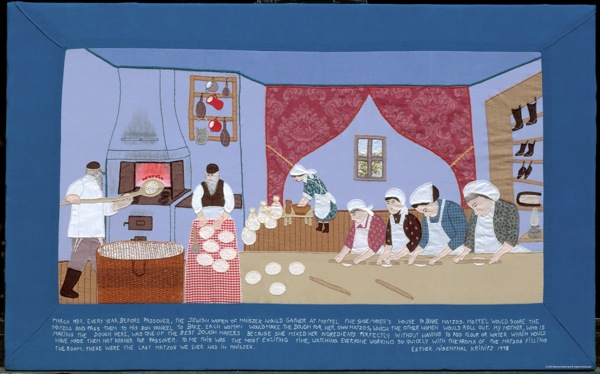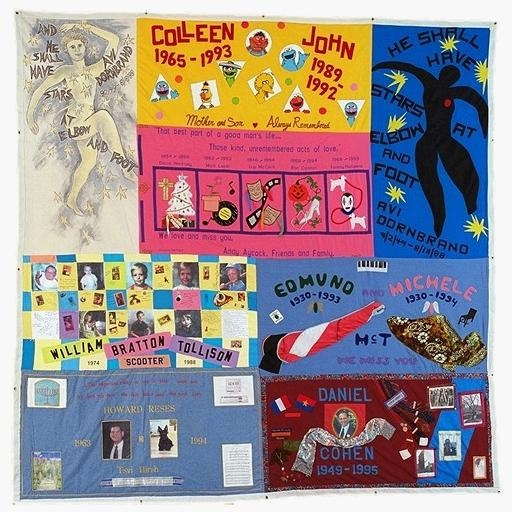
This past week, a friend sent me an email titled ‘Very Worrisome.’ In the body of the email, she referenced an article from The Baltimore Sun on Vacants to Value and the demolition of rowhomes in certain parts of the city. A historic preservationist living in New Orleans, she was distraught that the unique architecture of our city was being eradicated in the name of revitalization.
I responded to the email, validating her concern, though I suggested that perhaps these houses were beyond repair. Not just in their structural integrity, but in their institutional memory. I love that term – institutional memory – where we assign a value to a place based on our own experiences; what we’ve read, what we’ve heard. But it can be a hindrance to acceptance of change.
When applied to these houses, or these shells of houses, I told my friend that perhaps the institutional memory was justification enough in the razing of this housing stock. “…The city has been tearing down houses like crazy in these areas,” I wrote, “ as we’ve found the oral history is more prevalent in keeping people away. It very much is a blank slate approach — clear the structure, clear the history. In truth, these places are so unbelievably scary and infrastructurally un-sound that I can’t imagine anyone investing in rehabbing them as-is, or moving into these neighborhoods. Its one thing for historic structures that are old and beautiful and on a well traveled path, but V2V is tearing down scary, scary places that do nothing but represent our city’s decline and deterioration.”
I cited my work with Ayers Saint Gross on what we informally call ‘the Last Mile,’ defined as the segment of the Amtrak corridor as you travel into Penn Station from the east. Looking south from the train, the homes are blown out, vacant, dilapidated, and unwelcoming. I hypothesized that maybe it really isn’t all that bad to start anew if the memory of a place is so tainted. While this friend argued that vacant lots turned gardens and parks don’t garner the same weight as a revitalized home, I argued that perhaps the places need a new story to tell, and certainly plowing down these homes wasn’t ridding the city of its historic housing stock. As many of us know, Baltimore has many, many more rowhomes to choose from. Yes, this was selective destruction, but it wasn’t architectural eradication.
And yet our relationships to place are complex, and demolishing or transforming a space doesn’t mean we erase its memory. As a planner, I feel that history can either encourage or hinder the ease with which a place is redeveloped: a beautiful old mansion would be easier to redevelop than a home where someone was murdered. This argument came full circle last week when the Apex Theater was auctioned. As the last remaining adult theater in Baltimore, this structure has one hell of an institutional memory. Whatever this theater becomes, how long will it take for people to stop referring to it as “the old Apex Theater?” How long will it take me to stop referring to the Under Armour campus as “Tide Point”? And while many may roll their eyes and say, ‘let it go,’ is it really such a bad thing to remain connected with a place through what once was?



